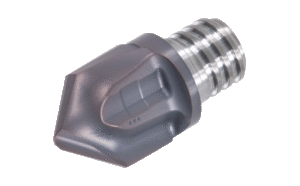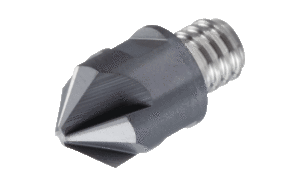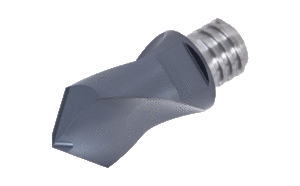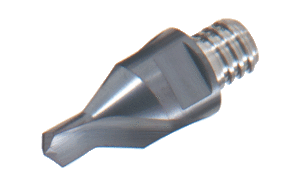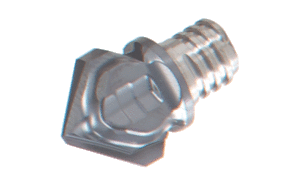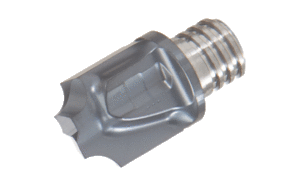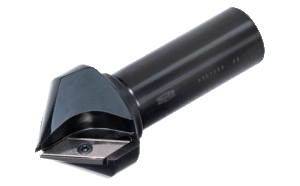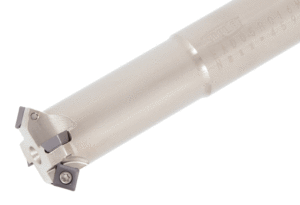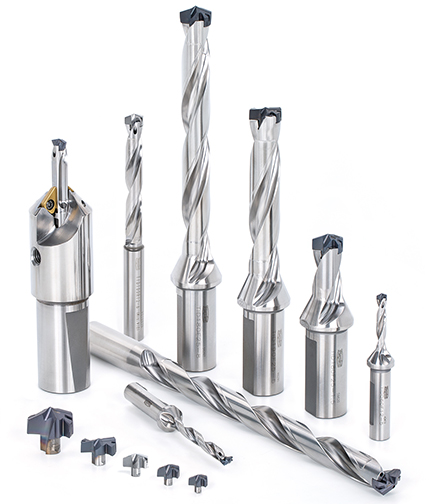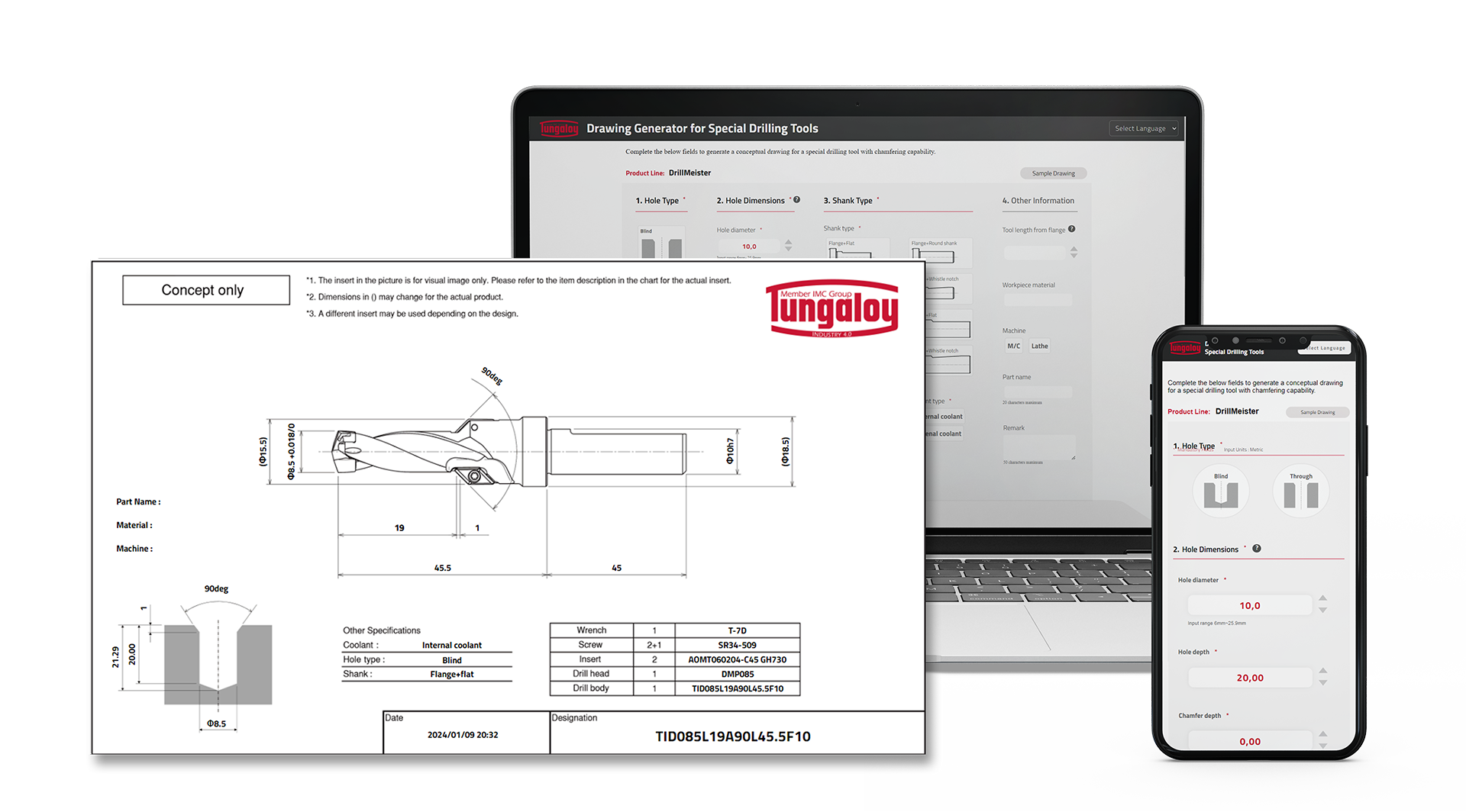
Chamfering refers to a processing method in which the edges of materials such as metals and resins and corners of hole openings are cut diagonally.
Specifically, this involves removing sharp edges and burrs from the workpiece to form a flat, chamfered slope.
This slope is generally machined at a 45 degree angle, but the angle may vary depending on the use and purpose.
In fact, chamfering can often be seen in daily life.
For example, if you look at the four corners of a smartphone, you will notice that the corners are diagonal, rounded, and chamfered to prevent pain.
Chamfering is often used in cooking because cutting off the corners of vegetables prevents them from collapsing during cooking and allows the flavors to soak in more easily.
As you can see, chamfering is a process that we often see around us.
Understand the benefits of chamfering, problems during processing, and solutions
Table of Contents:
1. Introduction to Chamfering
- Understanding Typical Chamfering Techniques
- Exploring Different Types of Chamfering
2. Advantages and Applications of Chamfering
- Benefits Across Various Industries
- Common Challenges and Solutions in Chamfering Processes
3. Recommended Chamfering Tools by Tungaloy
- Enhancing Efficiency and Precision in Chamfering Applications
4. Innovative Solutions for Efficient Chamfering
- Drill Designs for Enhanced Chamfering Results
- Introducing Special Drilling Tools and Their Drawing System
Chamfer around the hole
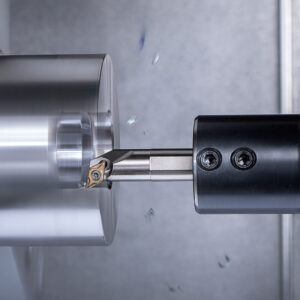
Turning: Machining with internal diameter tool
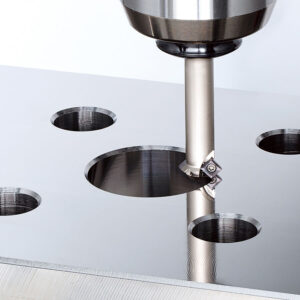
Milling: Machining with a chamfer cutter or a solid head replaceable chamfer tool
Chamfer to edge ridgeline
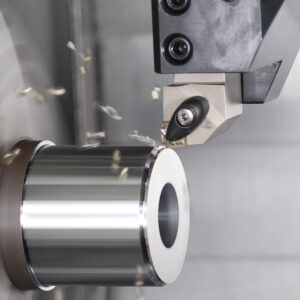
Turning: Machining with an external tool
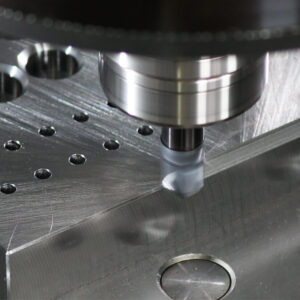
Milling: Machining with a chamfer cutter or a solid head replaceable chamfer tool
Exploring Different Types of Chamfering
C-Chamfer:
C-Chamfering represents a prevalent technique where edges are sliced at a precise 45° angle. Often, discussions surrounding “chamfering” primarily allude to this method. Practical directives such as “C1” are commonly employed in on-site procedures, indicating the removal of a 1mm width from the edge.
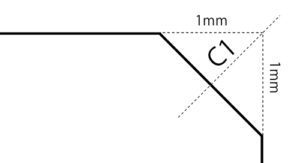
R-Chamfer:
R-Chamfering involves a process dedicated to curving corners, notably effective in mitigating the risk of injuries. This method excels in ensuring smoother, safer edges.
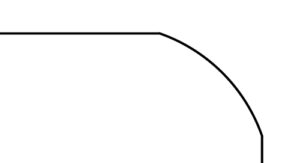
Thread Chamfering:
Thread chamfering is a meticulous process that delicately trims corners to an imperceptible degree. It serves a unique purpose, ideal in cases where neither C-Chamfering nor R-Chamfering is required. Instead, the focus remains on eliminating burrs to an extent that escapes visual detection.
Enhanced Safety
Chamfering eliminates sharp edges and burrs, significantly reducing the risk of injuries during handling and use.
Simplified Assembly and Installation
Parts with chamfered edges facilitate smoother assembly and installation processes, streamlining operations.
Increased Durability
By averting stress concentration—focusing stress in specific areas—chamfering improves the fatigue strength of components. Stress concentration refers to the accumulation of stress in particular zones, while fatigue strength measures a material’s resilience against repeated stress cycles.
Superior Finishing Quality
Chamfered parts contribute to a uniform finish when painted or plated, resulting in a high-quality appearance that enhances the overall aesthetic appeal.
Extended Tool Live
Machining materials with burrs or sharp edges can swiftly damage tools. Chamfering in advance minimizes tool wear, prolonging tool life and ensuring more efficient machining processes.
Common Challenges and Solutions in Chamfering Processes
Chatter in Chamfering Processes
During chamfering, encountering chatter represents a notable issue. This phenomenon, known as chattering, becomes particularly problematic when chamfering around holes using a punching technique. A common occurrence is observed when executing a C chamfer with a 45-degree angle, resulting in a tool edge aligned at the same angle. This alignment escalates the cutting force, directing deflection towards the tool diameter.
In scenarios involving larger chamfer widths (such as C2 or higher), the radial cutting force intensifies, significantly amplifying chatter due to tool deflection.
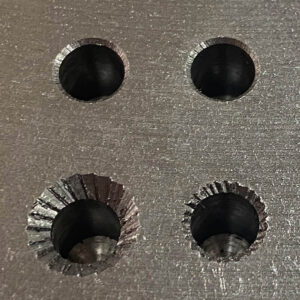
To address these issues, several countermeasures are recommended:
Tool Selection
Opt for blades featuring substantial rake and helix angles alongside sharp cutting edges. This mitigates the radial cutting force, a primary contributor to chatter during chamfering.
- For severe chatter: Consider employing an aluminum machining breaker even when working with steel. These breakers boast larger rake angles and reduced honing, resulting in lower cutting resistance and effective chatter suppression.
Tungaloy´s main chamfering cutters, such as ECC and TungQuad, have a cutting edge design with a large rake angle that is optimized for chamfering.
Enhanced Tool Rigidity
Chatter during chamfering arises from radial cutting resistance and tool deflection due to this resistance. Additionally, resonance vibrations leading to chatter may occur when the tool’s rotational speed aligns with its natural frequency. Employing tools with high rigidity minimizes deflection, elevates the tool’s natural frequency, and prevents synchronization between tool speed and natural frequency.
Reduction of Blade Count
Sometimes, reducing the number of inserts on the tool, such as transitioning from 4 to 2 inserts (or even down to 1 insert in specific cases) for indexable cutters, can help in damping chatter.
Lowering Rotation Speed
Reducing rotation speed often resolves chatter, though this approach can impact machining efficiency and surface quality. Balancing these trade-offs and optimizing rotation speed effectively minimizes vibration.
Reduced Chamfer Width
Decreasing chamfer width proves effective in curbing tool deflection and subsequently suppressing chatter. For instance, when handling larger chamfers (C5 or higher), pre-machining the workpiece into a multi-stage hole shape using a drill or counterbore cutter helps reduce machining allowances and dampens vibrations during chamfering.
Chamfer width is uneven
The chamfer width exhibits irregularity, attributed to tool deflection and chatter, varying based on the machined area and the hole’s phase. As a solution, the measures shown in the previous section”Chatter in Chamfering Processes” are also effective in this case.
Chip Management in Machining Processes
Effective chip management is crucial to prevent the entanglement of chips that might otherwise lead to tool damage or workpiece impairment. Similarly to the occurrence of “Chatter in Chamfering Processes,” this issue often arises during continuous machining, especially when chamfering around holes.
Countermeasure 1:
Utilize an indexable chamfering tool equipped with a chip breaker to curb chip extension and entanglement with the tool.
Countermeasure 2:
Employ a strategic approach of “step” or “dwell machining” during the machining process to forcibly break up chips. “Dwell machining” involves a temporary pause in feed progress while the drill spindle continues to rotate, aiding in chip fragmentation.
Explore Tungaloy’s TungMeister line, featuring a diverse selection of exchangeable head tools designed for precise chamfering applications. These tools simplify tool replacement through their interchangeable heads. The TungMeister lineup includes three specialized head types—center drill, back chamfering, and R chamfering heads—ideal for both chamfering and spot drilling tasks, offering versatility to address specific machining needs.
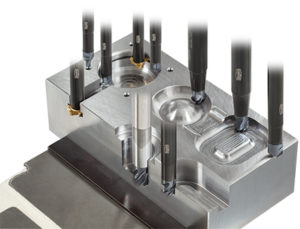
Three types of Chamfer/Spot Drill heads are available:
An exceptionally versatile chamfer cutter designed to accommodate various chamfer types:
- This single cutter supports chamfering for hole diameters ranging from Φ5.0 to 42.0 (with a chamfer angle of 45°).
- It ensures high-quality chamfering with its sharp cutting edge specifications.
- Its extended cutting edge length allows machining for larger chamfer widths.
- Compatible with chamfer angles of 30°, 45°, and 60°.
- Suitable applications include chamfering via punching and milling methods.
TungQuad: an economical option featuring four-corner specifications, perfect for small chamfering up to C2.5.
- Small inserts with four corners contribute to cost-efficiency.
- Its cutting edge design, boasting exceptional sharpness, minimizes chatter and ensures high-quality machined surfaces.
- Available with an aluminum breaker and a sharp cutting edge design.
- Capable of back chamfering as well.
- Suitable applications include punching chamfering, milling chamfering, and back chamfering.
Tungaloy highly recommends DrillMeister, an exchangeable head tool featuring a chamfer body that significantly enhances chamfering efficiency.
DrillMeister’s specialized exchangeable head drills revolutionize machining by merging innovative design with practicality, resulting in heightened machining accuracy, efficiency, and cost-effectiveness.
Elimination of re-grinding and reduced management efforts
Switch out the used head with a new one without the need for re-grinding, vastly simplifying tool management efforts.
Consistent, enduring quality
The consistent use of new heads prevents performance decline and quality fluctuations often induced by re-grinding and re-coating. This approach guarantees stable, prolonged tool life and consistently high-quality machining results.
Mitigation of workpiece defects
The tool’s overhang length and the drill’s distance from the chamfering edge remain constant with an exchangeable head drill. This maintains dimensional accuracy during machining, significantly reducing the risk of defective workpieces.
Enhanced chip control for chamfering blades
DrillMeister’s special chamfer employs inserts with chip breakers that effectively manage chips during chamfering, preventing elongation and entanglement, thus improving chip control.
Introducing Special Drilling Tools and Their Drawing System
Introducing an innovative solution for creating drawings of specialized drilling tools, which was previously a time-consuming process.
Our newly developed service enables effortless creation of simple diagrams anytime, anywhere.
Explore the “Drawing System for Special Drilling Tools”! By inputting essential tool details, you can swiftly generate straightforward diagrams illustrating special drilling tools with chamfering functions.

